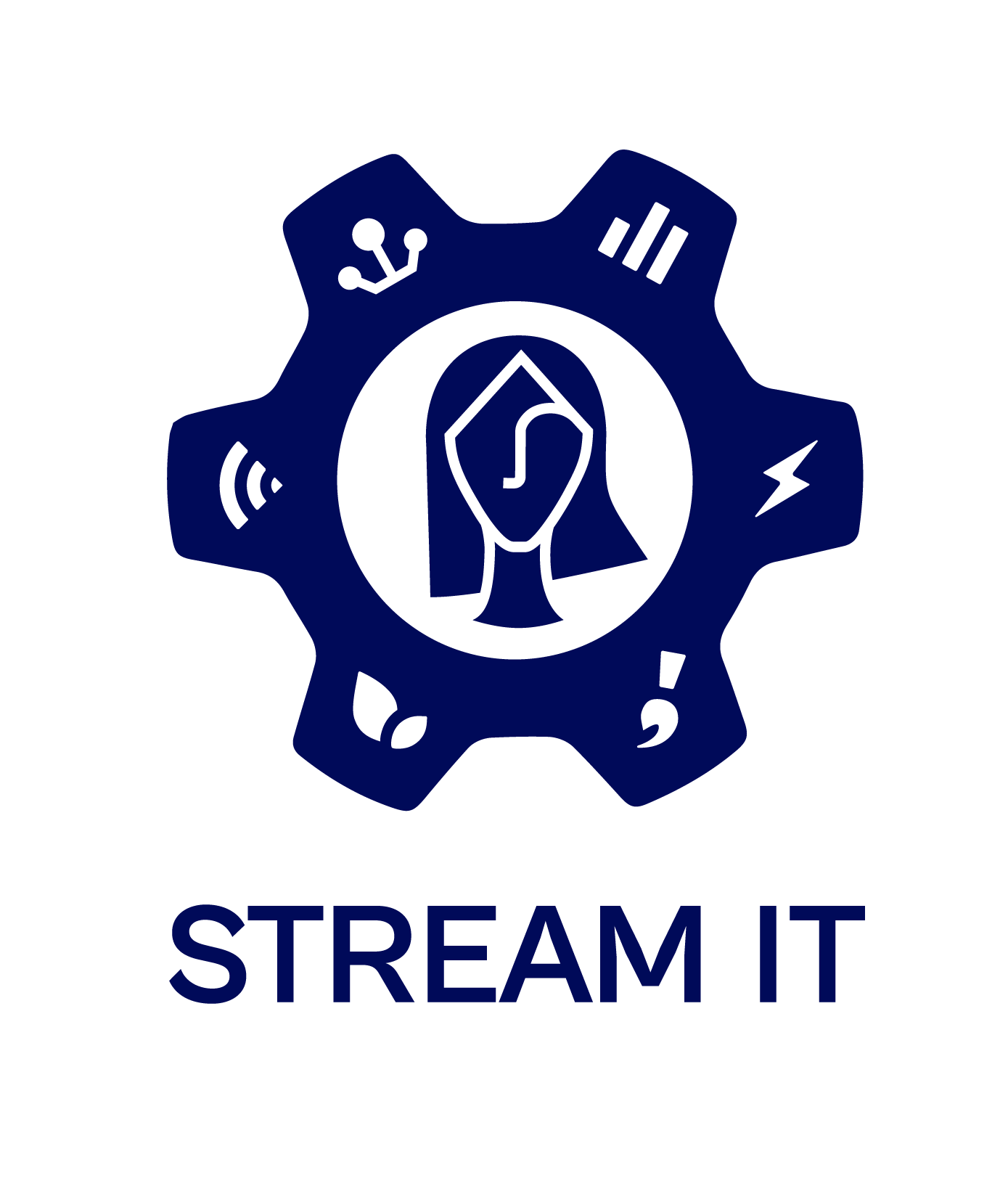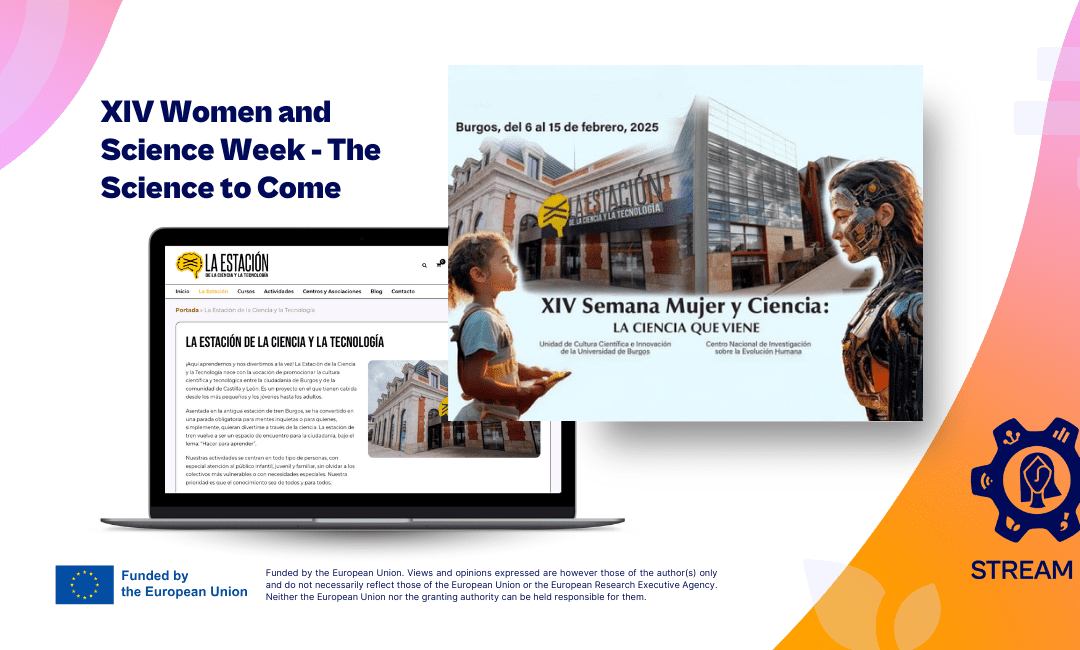As every year, at La Estación de la Ciencia y la Tecnología in Burgos (Spain), we are looking forward to the Week of Women and Girls in Science. The progress made in recent times is undoubtedly remarkable, but equality between men and women worldwide is still a matter of concern.
During this prominent week we celebrate and defend the achievements made, but we also vindicate the fundamental role of women in scientific and technological development, we recover forgotten figures, and we give an insight into those who start their careers with determination. In addition, during these days we try to raise awareness about the challenges that many women face to advance academically and professionally, the gender biases in scientific studies and the causes of the underrepresentation of women in disciplines such as mathematics or physics.
From this perspective and thanks to the enthusiasm of the educational and scientific community of the city of Burgos, each year we exceed the volume and diversity of actions developed. Under the slogan The Science to Come, this fourteenth edition, held from 6 to 15 February 2025, has focused on reflecting on the crucial role of women in scientific and technological advances that are shaping the present and future of the world. In response to this objective, a wide range of activities aimed at all ages have been organised, from conferences and round tables to exhibitions and workshops, covering disciplines such as engineering, mathematics and palaeontology.
This event has been organised by the National Centre for Research on Human Evolution (CENIEH) and the Universidad de Burgos (UBU), in collaboration with La Estación de la Ciencia y la Tecnología (La Estación), the City Council of Burgos, the Spanish Foundation for Science and Technology (FECYT) dependent on the Ministry of Science, Innovation and Universities of the Government of Spain and the Association of Families of Deaf People of Burgos (ARANSBUR).
Exhibitions and talks
As part of this commemorative and vindicative week, two exhibitions were inaugurated. The first of these is dedicated to women who oriented their academic and/or professional careers towards technical architecture, construction and engineering at international and local level. For its part, the second exhibition presents the origins of art and mathematics from an inclusive perspective, the inauguration of which was developed around the reflection on the possibility that, primarily, it was women who were the first to symbolically record mathematical thought.
To close this section of activities, the citizens of Burgos had the opportunity to enjoy two more events. On the one hand, a round table dedicated to the theme of this year’s edition: The science to come, to discuss three avenues of study that will change the present and the future of research in human evolution, in the combat against cancer and in the use of artificial intelligence. Four experts in different fields of knowledge, such as artificial intelligence (Clara Luis Mingueza), neuroscience (M. Ángela Nieto Toledano), computer science (Cristina Rubio Escudero) and environment and sustainability (Rocío Barros) took part in the round table, moderated by the director of the CENIEH, María Martinón-Torres.
The week also included a conference entitled: Deciphering the embryonic origin of adult diseases, in which the biochemist and molecular biologist, Ángela Nieto, explained and detailed the importance of understanding embryonic processes that activate and deactivate genes that promote cell movement, such as the snail gene, as a way to design better therapies to combat diseases.
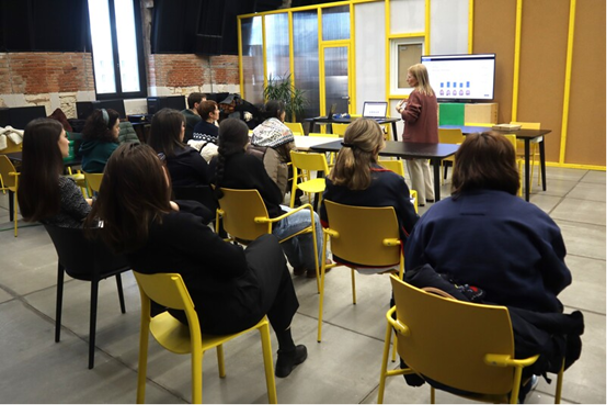
Figure 1. Workshop – Behavioural and Psychological Biomarkers in Health Sciences
Workshops
During this week, various workshops were also held at La Estación, aimed at all citizens, from four-year-old children to adults, in which around a hundred people took part. The aim of these workshops was to bring the real work of the city’s women scientists closer to the public in a friendly and personal way, through dynamic and participative experiences led by the researchers themselves.
Among the wide range of proposals, the workshop on sustainable construction materials made from waste, in which children tested and calculated the basic properties of these materials for use in civil engineering and building, and the workshop on how biomarkers, behavioural and psychological, and artificial intelligence can transform education and health, were among the highlights.
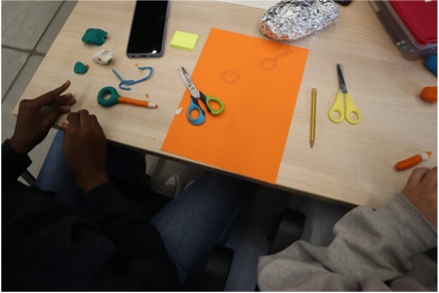
Figure 2. Activities for schools. Designing low-cost support products
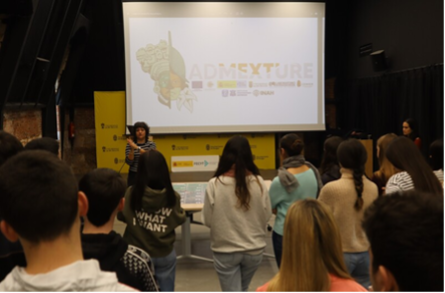
Figure 3. Activities for schools. Archaeological mission: unearth clues, analyse history
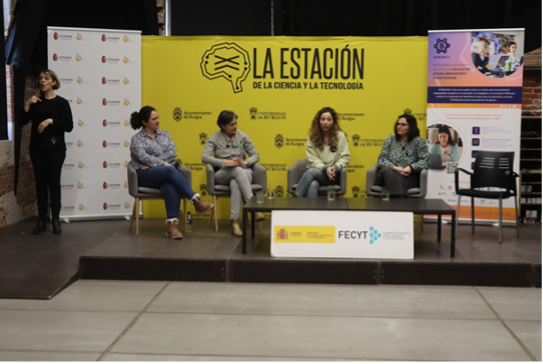
Figure 4. Virtual meeting
Finally, the virtual meeting between secondary and high school students and professionals from different scientific and technological disciplines should be highlighted. In this space designed for conversation, the students were able to ask the professionals present questions about their professional careers and experiences, as well as their research references and future challenges.
Finally, we would like to highlight the virtual forum between secondary and high school students from all over Castilla y León, broadcast on the YouTube channel of La Estación. In this event four female researchers from the Universidad de Burgos and CENIEH: Ana María Lara Palma, (engineer in industrial organisation); Marina Martínez de Pinillos González (dental anthropologist); Alicia Medialdea Utande (physicist), and Sandra María Oses Gómez (agricultural engineer), recounted their experience throughout their scientific career and answered questions from the students about their beginnings in the world of science and technology and their professional experiences, as well as about their references in research and their future challenges.
Radio Day
To round off the Week of Women and Girls in Science, a local radio station held a radio day at La Estación to talk, of course, about women and science. More than 500 schoolchildren aged between 4 and 18 in different groups took part in this event. They witnessed how a radio programme is recorded and actively participated in the debates that were generated around the obstacles that women, even as children, encounter in their family, educational and social environments to develop scientific-technological vocations. Likewise, different initiatives that work to overcome these obstacles, such as the local Maker Girls programme or the European STREAM-IT project, were presented before the radio microphones.
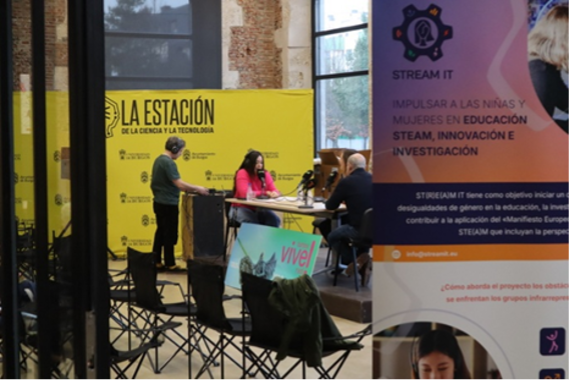
Figure 5. Radio Day
Conclusion
The 14th Women and Science Week has sought to be a key platform to make the role of women in science and technology more visible, as well as to inspire new generations to take an interest in science. Through a varied and enriching programme, it has sought to promote reflection on the scientific and technological advances that are shaping our future, while highlighting the importance of inclusion and diversity in the construction of a more equitable and promising scientific field.
Fostering a diverse and inclusive environment in science is not only a matter of social justice, but also a driver of innovation. The presence of different perspectives in research teams boosts creativity, improves the quality of discoveries and enables the generation of more equitable solutions adapted to the realities of society as a whole.
Author

Universidad de Burgos
Jordi Rovira is a biologist and professor in food technology with more than 110 publications in the field and an h-index of 36. He was vice-rector for research at Universidad de Burgos from 2008 to 2015 and since 2016 he has been the rector’s delegate for science communication. He has led more than 36 projects related to STEAM and science communication.
